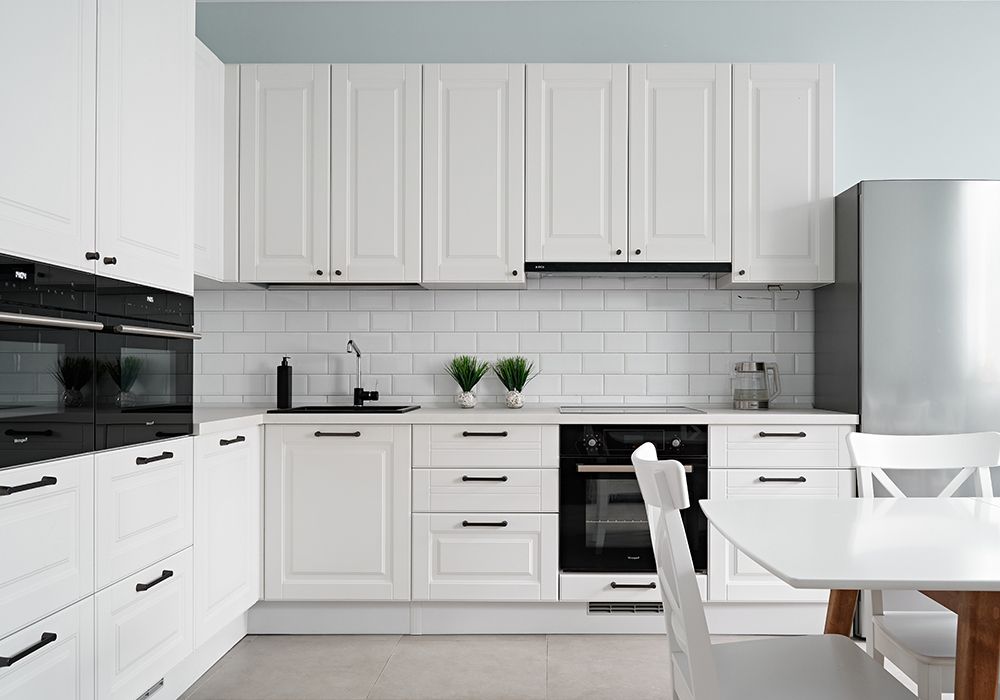
Culinary Spaces Reimagined Perfectly
Introduction to Culinary Innovation
The heart of the home is undergoing a transformation, no longer just a place for meal preparation; culinary spaces are being reimagined into multi-functional areas that foster social interaction, creativity, and the blending of culinary arts with aesthetic beauty. This reimagining is a response to the ever-evolving demands of modern life and the new ways in which we interact with our living spaces.
Maximizing Functionality
Today's culinary spaces are being designed with an emphasis on usability. Innovations in storage solutions, such as multi-tiered drawers and hidden cabinets, ensure that every utensil and ingredient has its place. The integration of state-of-the-art appliances that are both energy-efficient and multi-functional allow for a seamless cooking experience, while also contributing to a cleaner and greener environment.
Open Plan Living
The walls that once separated the kitchen from the rest of the home are coming down. Open plan living spaces invite conversation and collaboration, as the act of cooking becomes a shared experience. This layout not only promotes social interaction but also allows for a more fluid and flexible use of space.
Material and Texture
The choice of materials and textures plays a crucial role in the ambiance of culinary spaces. From sleek, industrial metals and stones to warm, rustic woods, these elements are selected to evoke emotion and set the stage for culinary adventures. Designers are experimenting with a mix of textures and finishes to create spaces that are visually intriguing and tactilely engaging.
Lighting: Setting the Mood
Lighting design has become a key component in the reimagining of culinary spaces. Strategic placement of lighting fixtures and the use of adjustable, layered lighting systems can influence the mood and functionality of the kitchen. Illuminated workspaces for preparation, accent lighting that highlights architectural features, and soft ambient lighting for dining all combine to create a harmonious balance of light and shadow.
Technology Integration
Smart technology is reshaping the way we interact with culinary spaces. From voice-activated assistants that help with recipes to smart fridges that monitor food freshness and create shopping lists, technology is making kitchens more intelligent and user-friendly. Even faucets and ovens are equipped with sensors and connectivity to bring efficiency and precision to cooking routines.
Sustainability at the Forefront
In the quest to reimagine culinary spaces, sustainability has become a predominant theme. Choices in sustainable materials, energy-efficient appliances, and designs that support recycling and waste reduction reflect the growing consciousness around environmental impact. These kitchens are not only beautiful but also represent a commitment to the health of our planet.
Conclusion: The Future of Culinary Spaces
The reimagined culinary space is an exciting blend of form and function, tradition, and technology. It's a testament to the versatility and adaptability of design. As our lives continue to evolve, so too will our kitchens, accommodating new trends and technologies, ultimately reflecting the changing tastes and values of society. These are spaces that are not only perfectly designed for cooking but are also perfect for living.